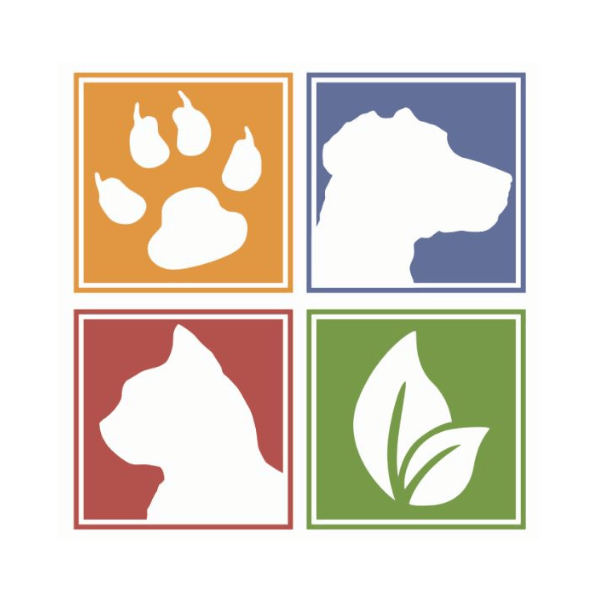Behaviour in the Vet Waiting Room
Working in veterinary medicine, this is where we see many dog to dog mishaps. This is simply due to a lack of knowledge about dog behaviour and a lack of respect for both their own dog and the other dog’s space.
Here’s a scenario that happens quite regularly in a vet practice.
An owner has their dog in the waiting area on a loose leash. This dog is free to roam at least 3 – 4 metres.
Another dog and its owner attempt to enter the room, or area, only to be blocked and greeted nose to nose by the uncontrolled dog, which is now tense on his leash, pulling, eager to meet a new friend.
It’s owner, who eventually speaks up, simply says, “It’s okay, I’ve got him, he’s friendly!”
This is where any person who works at the vet clinic will step in and ask the owner to keep the dog close to them, only to be met with, “he’s fine, he’s wagging his tail!”
Little do they know that something much more complex is unfolding right before their eyes.
Education and knowledge is power,
especially when you are dealing with an animal that you are supposed to guide and mentor through its entire life.
It is our responsibility to ensure stability, confidence and to reinforce respect.
So, here are some things to remember for your next visit to your vet.
Never allow your dog to greet another dog head on, or nose to nose, on a tense leash.
To a dog, being greeted head on is generally considered very rude, intrusive and unnatural. This can create conflict right from the get-go. Any dog can interpret this posture as threatening and begin defensive, aggressive behaviour. To make matters worse, a tense leash can build energy in the dog due to space constraints.
If you must introduce dogs on a leash, it is better to keep the leash loose and allow them to greet side by side, keeping the situation relaxed.
Never assume that a wagging tail is an indication of a happy dog!
A tail wag indicates a multitude of emotions, that’s why it is extremely important to know you’re your dog is saying by its tail wag. Tail position and speed will indicate how a dog is feeling. A low, fast wag is generally indicative of nervous energy, or insecurity, which has the potential to cause an aggressive response due to fear. A high, stiff wag can indicate over-stimulation, or the intent of being ready to spring into action. A dog will make lousy choices in this state of mind, making them harder to control should they “rev-up” even more. A tail positioned in a natural position accompanied by a soft and loose wag is generally universally considered to indicate a happy dog.
Get to know your wags!
Never assume any other dog is just as friendly as yours.
Not all dogs are dog friendly. This should be common knowledge. Just because your dog is friendly, does not mean the other dog is as well.
They could be under-socialised, have insecurities or just be dog aggressive.
Give other dogs their space, please!
It is never a good idea to allow your dog to interact with other dogs in a vet waiting room.
Dogs and cats very often come to the vet already stressed. For cats we have put certain measures in place to alleviate some of their stress, like pheromone spray. You can also request to sit in a quiet room if we have one available.
The smell of other ill dogs, or even death, is in the air, which makes a dog uneasy. Most owners are often nervous for their dog during a vet visit, so that nervous energy does little to help the situation.
The smell of cat may be hanging in the room, urine markings from other dogs or stress pheromones aiding in the negative experience.
Dogs come in not feeling well, they may be painful due to arthritis or injury. Some may be recovering from surgery or coming in to be put down due to old age or chronic illness. Some may even be there because they started a fight with another dog!
Now, tell us why this sounds like a good place to play.
We all go to the vet with our pets, so let’s be respectful and make our next visit a pleasant experience for everyone!
For more information on etiquette in the veterinary waiting room, please check out this website – https://endlesspaws.net/blog/veterinary-waiting-room-etiquette/


